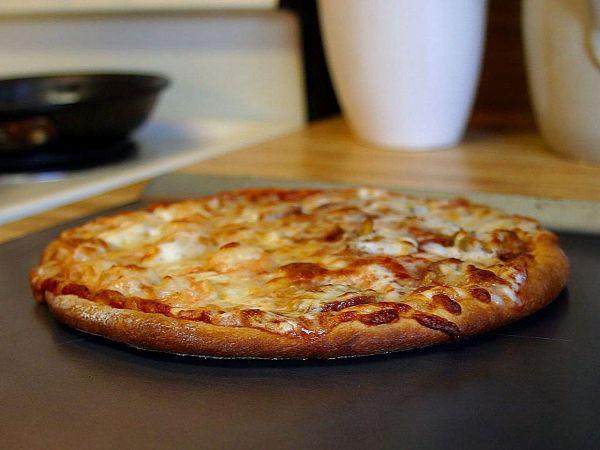Pizza! Pizza! MRE Pizza?
The U.S. Army has baked up a scheme to add pizza to its Meal, Ready-to-Eat (MRE) menu. And in keeping with military tradition of making just about any project, program or technology part of an alphabet soup, has assigned it the acronym SSP—shelf stable pizza.
This just might have to fall into the “eww” category. The U.S. Army has baked up a scheme to add pizza to its Meal, Ready-to-Eat (MRE) menu. And in keeping with military tradition of making just about any project, program or technology part of an alphabet soup, has assigned it the acronym SSP—shelf stable pizza. We can’t make this up.
SSP—with a shelf life of three years, by the way—has “traditionally been challenging to develop but remains a consistently requested item by the warfighter,” reads a portion of a fact sheet from the U.S. Army’s Research, Development and Engineering Command (RDECOM), which has a combat feeding directorate.
“Pizza types, as well as focaccia and pita varieties, are part of the family of new shelf-stable bakery items that are currently being developed under the Next Generation Combat Bakery Items (NGCBI) project.”
Yup, there’s a whole family of them.
All kidding aside, this is serious business. And science. To get from concept to table, or rather “eat-out-of-hand, eat-on-the move,” (having no table is kind of the driving point here) scientists had to exploit the “Intermediate Moisture (IM) and hurdle technologies to develop a family of multicomponent sandwiches that are safe, stable and highly acceptable.” (That last bit might be debatable.)
The fact sheet goes on. “Hurdle technologies employ a series of barriers to inhibit the growth of pathogenic and spoilage microorganisms, including bacteria, yeasts and molds. The barriers include manipulating and/or controlling water activity (Aw), pH (acidity) and oxygen content inside the package. In-house developmental efforts to date focused on identifying dough conditioners/crumb softeners; replacing the very expensive sucrose ester; identifying shelf stable cheeses; preventing moisture migration; evaluating pizza crust options; demonstrating commercial manufacturability; and developing flavor types.”
Four flavors are under development: cheese, pepperoni, turkey pepperoni and (we don’t have a clue what this is) Osmoroni. The demo pizzas will be taste tested this fall with hopes of being fielded next year.
Will it rise to the challenge?





Comments